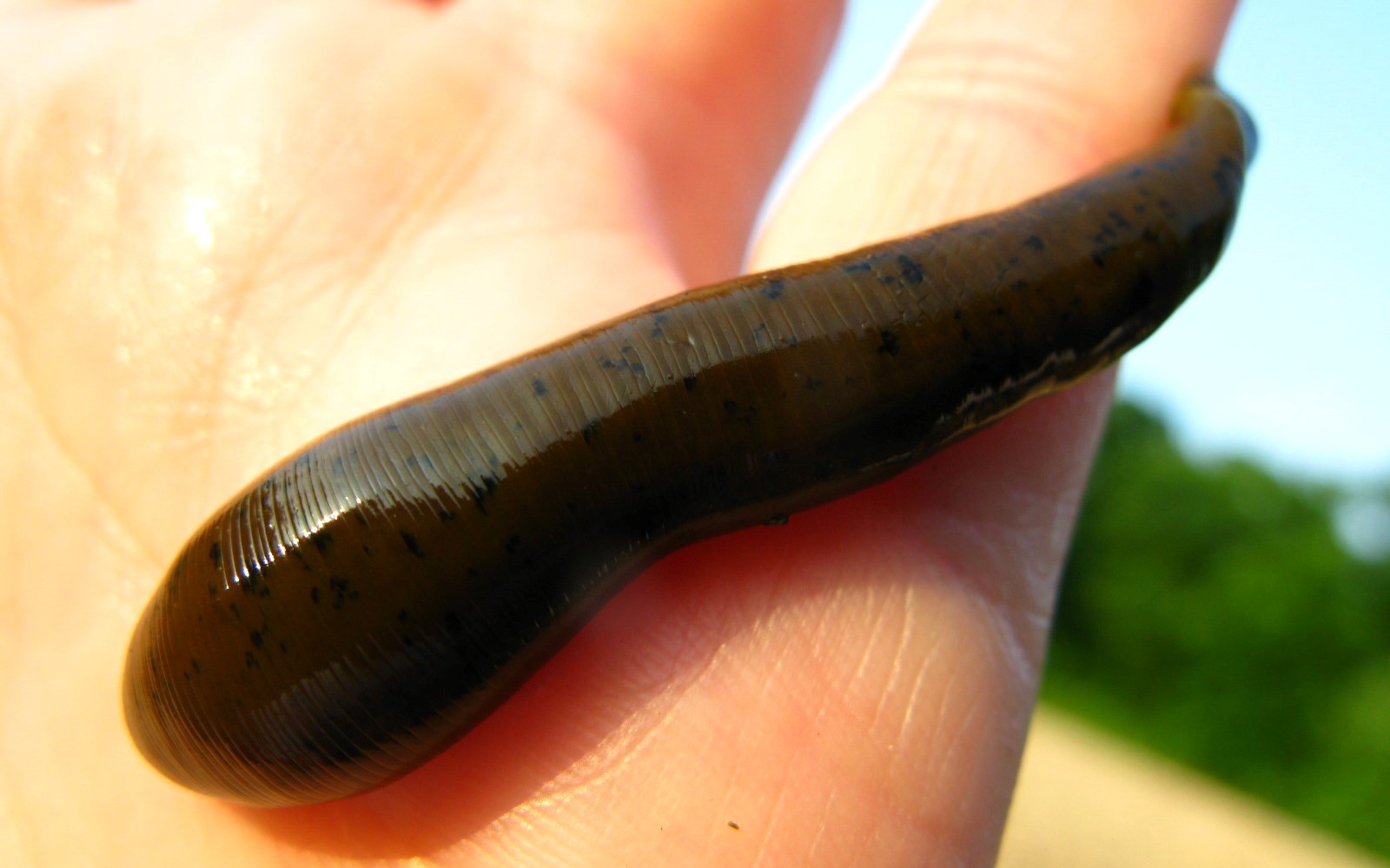By Farah Qaiser
An international team of researchers recently analyzed the DNA of Hirudo medicinalis, an European medicinal leech, finding over 30 anticoagulants (blood thinners) within its genome.
In the past, H. medicinalis’ ability to suck blood has been used in medicine with little supporting evidence, and was almost harvested to the brink of extinction in the 19th century.
Today, this leech plays a legitimate role in post-surgical procedures, including skin-grafting and finger reattachment surgeries.
To feed, H. medicinalis attaches its sucker into human skin. Using its three jaws, this particular leech can feed on blood for up to half an hour. Once H. medicinalis detaches, the wound will continue to bleed for an average of ten hours, in part due to the anticoagulants present in the leech’s saliva.
But despite its medical significance, H. medicinalis’ DNA has rarely been subjected to an in-depth investigation.
“[H. medicinalis is] one of the first known, very aggressive medicinal leeches, and certainly one of the first ones that was used in scientifically dubious medicine, but then also found its place in science-based medicine further along the line,” says Sebastian Kvist, an assistant professor at the University of Toronto, and a curator of invertebrate zoology at the Royal Ontario Museum. “This leech is used in hospital settings, so we should try to understand what blood thinners it has in its saliva.”
In 2016, Kvist and his fellow researchers obtained a wild-caught specimen of H. medicinalis in a pond, near the town of Kočevje, in southeastern Slovenia. The team confirmed the leech was indeed H. medicinalis through a physical examination and a dissection.
“We actually managed to get our hands on a leech that is actually quite scarce in nature, and is actually endangered,” says Kvist. “This is one of the few cases where we sacrificed one leech for the betterment of the entire population.”
The team sequenced and analyzed the leech’s genome to better understand the range of blood thinners present. They found that H. medicinalis uses 18 different anticoagulants known to negatively impact blood-clotting, and identified an additional 23 proteins which are likely also a part of the same anti-clotting processes.
“The number of anticoagulants in this leech far surpassed anything else that we’ve found before,” says Kvist.
Kvist and his team’s findings were published in the Scientific Reports journal on June 18, 2020. These findings echo a study published earlier this year, from a group of researchers in Russia, who similarly looked into the H. medicinalis genome and identified a number of proteins in the leech’s saliva, including anticoagulants.
“It’s really exciting to have people converging on these things at the same time — not enough people pay attention to making sure the results that we find are good and high quality [...] These are two independent corroborations of the same patterns,” says Michael Tessler, a post-doctoral fellow at the American Museum of Natural History, whose past research has involved investigating leech evolution. “This is modern genomics being applied to an important system.”
With these two studies, H. medicinalis now joins Helobdella robusta (a freshwater leech) and Hirudinaria manillensis (an Asian medicinal leech) in being one of the few leech species to be sequenced to date.
“One of the reasons that so few leech genomes have been sequenced is probably a combination of the technology catching up, but also the fact that leeches are quite neglected,” says Kvist, noting that leeches are used semi-frequently in North America with limited understanding of what is being injected into the patient.
“What we need to understand is when should we use leeches, [and] are there any pre-existing conditions in the patient that should inform us on using or not using leeches. In order to do that, we need to know what the leech injects into the patient - and I think that’s the major step forward that we’ve made with this [study].”
Farah Qaiser is a graduate student at the University of Toronto, where she carries out DNA sequencing to better understand complex neurological disorders. She has written stories about science and scientists in various outlets, and is an ongoing contributor to Forbes’ healthcare sections. Follow her on Twitter: @this_is_farah, or email her at itsfarahqaiser@gmail.com. While Farah is affiliated with the University of Toronto as a student, she has no association with Dr. Sebastian Kvist (an associate professor at the university).
This story was produced as part of NASW's David Perlman Summer Mentoring Program, which was launched in 2020 by our Education Committee. Qaiser was mentored by Shannon Shea.





